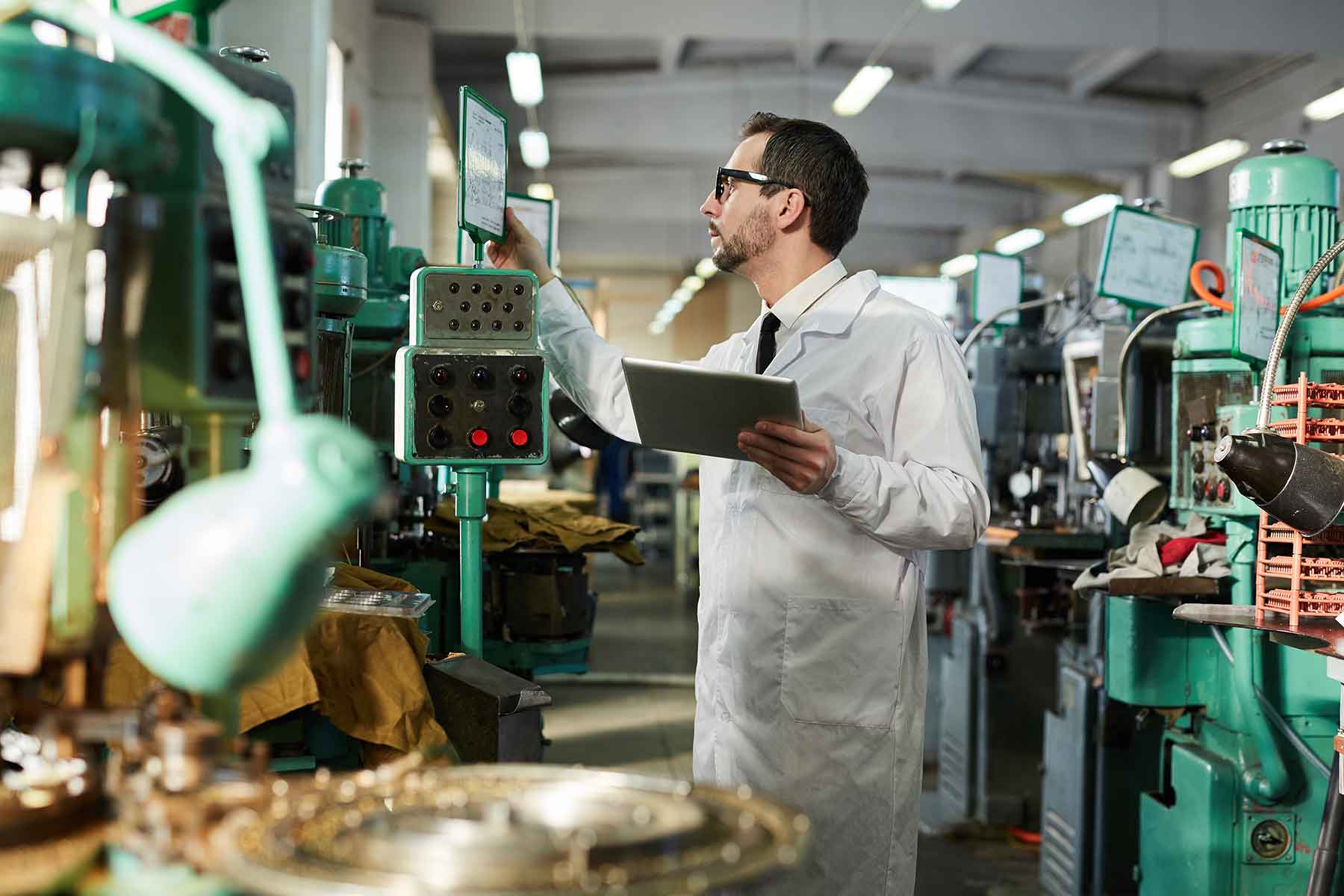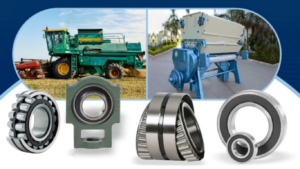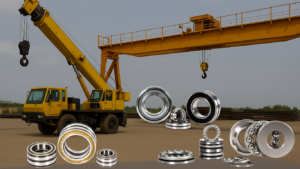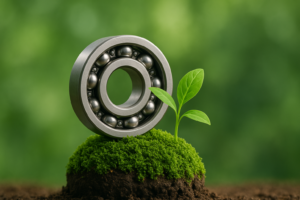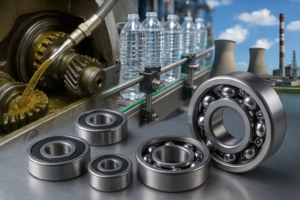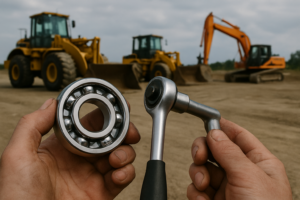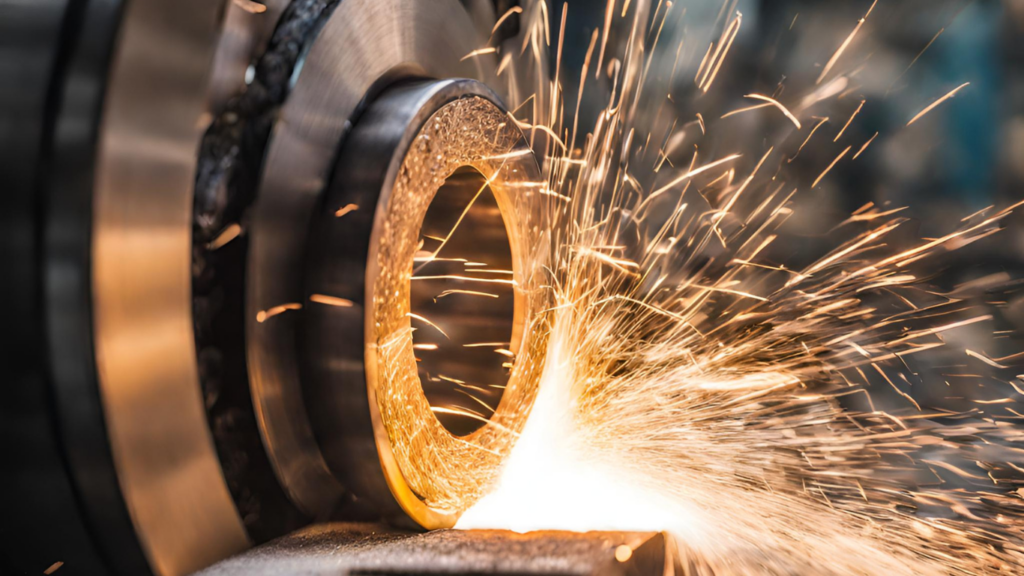Bearings are undoubtedly the most crucial components in the intricate world of mechanical engineering where precision is very important and performance is not negotiable. These small but very essential components play an important role in different machinery to make sure that they are running smoothly and efficiently. However, the reliability and efficiency of bearings are not merely a matter of their design; the manufacturing process plays a crucial role. Among the myriad techniques employed, grinding and honing emerge as cornerstones in crafting bearings of unparalleled quality at ZNL Bearings. In this exploration, we delve into the art and science behind grinding and honing, unravelling their significance in the realm of bearing manufacturing.
Understanding Bearings: The Backbone of Machinery
Before going into details like grinding or honing it is important to know what bearings actually are; they hold machines together. They support rotation by reducing friction between moving parts within machinery such that they do not wear out quickly this way allowing for seamless movement during all operations will require reduction on any form of frictional variation. A point remains though; be it automotive engines or industrial machines used on earth or even aerospace – there exist countless silently running bearing systems supporting functioning of all these things.
The Place Of Grinding In Bearing Manufacturing

Grinding is an abrasive machining process, which turns raw materials into precision-engineered bearings. We, at ZNL Bearings, use the best grinding techniques to ensure each bearing achieves high quality standards.
Precision grinding uses abrasive wheels to eliminate excess material from bearing parts, such as inner and outer rings, cages and rollers. This helps to achieve dimensional accuracy and improve surface finish which is essential for reducing friction and extending life.

One of the crucial benefits of grinding is its capacity to deliver tolerances up to the micron level that are required for correct fitting and alignment of bearing parts. All types of bearings starting from cylindrical, through spherical down to tapered require thorough attention to minor detail on their configuration; a task made possible only by advanced grinding technologies.

Additionally, grinding plays a critical role in managing optimal surface integrity with minimal risk of defects like cracks, laps or irregularities on it. Through surveillance of different factors including speed of the wheel, feed rate and how coolant is used in ZNL Bearings, each bearing produced by the company has a quality that can be easily differentiated from others.
Precision Honing Takes another Step Forward

In comparison to grinding, honing comes out as an intricate process which helps give a fine finish to surfaces and dimensional accuracy that is second to none. For ZNL Bearings however, the honing process represents the epitome of precision engineering and as such our bearings have become synonymous with quality, performance.

This very critical procedure involves using abrasive stones or mandrels on the bearing surfaces to leave them with a fine even finish by removing any imperfections left during grinding. As far as surface texture is concerned this detail also improves lubricant retention capacity on these surfaces thus reducing wear thus extending the life and reliability of bearings.

Honing is a crucial stage towards attaining correct geometric tolerances necessary for proper functioning of bearings. By controlling parameters such as honing pressure, stone abrasiveness, and coolant composition carefully; it is possible for ZNL Bearings to ensure all the bearing components conform precisely to given specifications.
The Combination of Grinding and Honing: Towards a Fresh Definition of Bearing Excellence
As far as the bearing manufacturing is concerned, the interdependence between honing and grinding ranks topmost in terms of precision engineering. Starting with dimensional accuracy and surface integrity, grinding lays the foundation for this while honing adds finishing refinements to the surface and raises quality to unparalleled levels.

This seamless integration of grinding and honing techniques has allowed ZNL Bearings Limited to create a wide range of bearings that are designed to meet diverse needs in various industries. High-speed applications that require very low friction or environments that are subjected to heavy-duty operations are some examples where our bearings stand as epitome of reliability and efficiency.
Moreover, we have an unremitting passion for innovation that makes us probe into emerging technologies and methods that extend the limits on what can be achieved through bearing manufacturing. ZNL Bearings stays ahead through everything from sophisticated abrasive formulas to automated machining systems, allowing their products to always surpass expectations amidst changing markets.
Conclusion: The Technical Revolution Of Engineering Excellence
Machinery is an area where accuracy cannot be compromised and dependability is not an option; bearings are the quiet protectors of this realm and they ensure that this runs smoothly. At ZNL Bearings, our commitment to engineering excellence has always seen us embrace grinding and honing as the foundations for producing unsurpassed quality in bearing technology.
Attention to detail with advanced technologies is what makes us redefine the standards of bearing manufacturing. Every ZNL marked bearing holds within it a long history of know-how, skilled craftsmanship, accumulated over decades and dedication to quality that never wavers.
Change may come while industries develop but the consistency in reliability and efficiency at ZNL Bearings remains intact. We are poised to dare bring about a new era of engineering excellence driven by grinding and honing which will be one revolution at a time.


